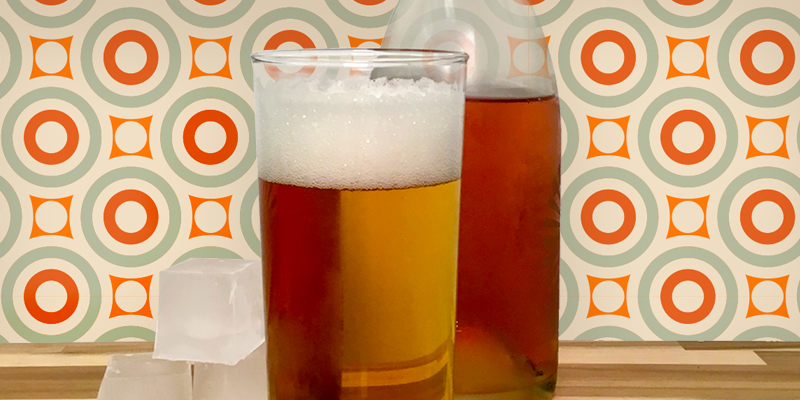I found the solution to leftover rosé at an unlikely place: a beer festival. On a warm October afternoon in a back corner of Brooklyn’s Bell House Theater at the Sixpoint Beer For Beasts event, I found a tap enigmatically labeled “Gosé.” It turned out to be one part gose and one part rosé. Of the dozens of plastic cups of beer brewed specifically for the event that passed through my hands; of all of the stouts, IPAs, double IPAs and double cask IPAs I tasted, this Gosé stood out above all the rest on that warm fall afternoon.
Despite the objections some might have to drinking rosé — or “summer water” as it is affectionately called — in the winter, there’s never been a time more suited to the mixing of rosé and beer. The popularity of rosé has been on a steady incline in the United States since 2003, leading to kegged rosé, #roseallday, White Girl Rosé and even an event in New York City where the entirety of Governors Island is taken over in the name of rosé.
Then there’s the other half of the Gosé: The gose. It’s one of those drinks that you recognize when you drink it. It’s an old recipe that’s picking up steam in the craft beer world. It’s sessionable (4 to 5 percent alcohol by volume), and has enough acidity to be refreshing. Most distinctly, it’s brewed with salt water and coriander.
Marry the summer rosé trend with the craft beer gose trend, and you’ll find an unlikely pairing you’ll never forget.
But the buck stops at Gosé. A more catchall “beersé” — using a more common style of beer instead of gose — just doesn’t do the trick. Ever committed to excellence here at VinePair, we put a few other options to the test. An IPA mixed with rosé kills the best parts of both drinks (the hop flavor of the IPA and the fruit of the rosé). Lager mixed with rosé tastes like something scrubbed off of a fraternity house floor. But gose is just right.
Here’s the catch: You won’t find Gosé at specialty beer stores or bars because it was brewed specifically for Beer For Beasts. The good news is you can make it yourself.
How To Make The Perfect Gosé
- Gather your ingredients. A gose (Sixpoint is good, but there are some others out there as well), and a rosé. Lighter rosés with more acidity have better flavor while darker, more ripe rosés look better. Any leftover rosé is delicious, however.
- Fill a pint glass a quarter to halfway full of rosé. Less rosé for a saltier Gosé, more rosé for a more balanced Gosé.
- Top with gose. Pour at a 90-degree angle to create a bit of a head
- Repeat.

